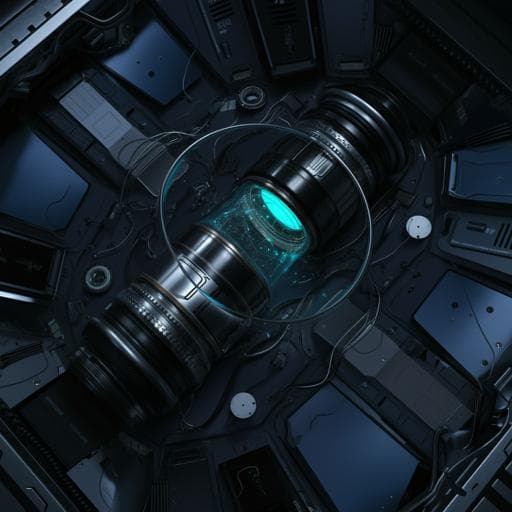
Space Sciences
Flight test results for microgravity active vibration isolation system on-board Chinese Space Station
W. Liu, Y. Gao, et al.
Discover how the Microgravity Active Vibration Isolation System (MAVIS) onboard the Chinese Space Station achieves unparalleled stability for microgravity experiments. This innovative system isolates disturbances effectively, ensuring optimal conditions for scientific exploration, thanks to the groundbreaking research by Wei Liu, Yang Gao, Long Zhang, Tianji Zou, Mengxi Yu, and Tuo Zheng.
Playback language: English
Related Publications
Explore these studies to deepen your understanding of the subject.







